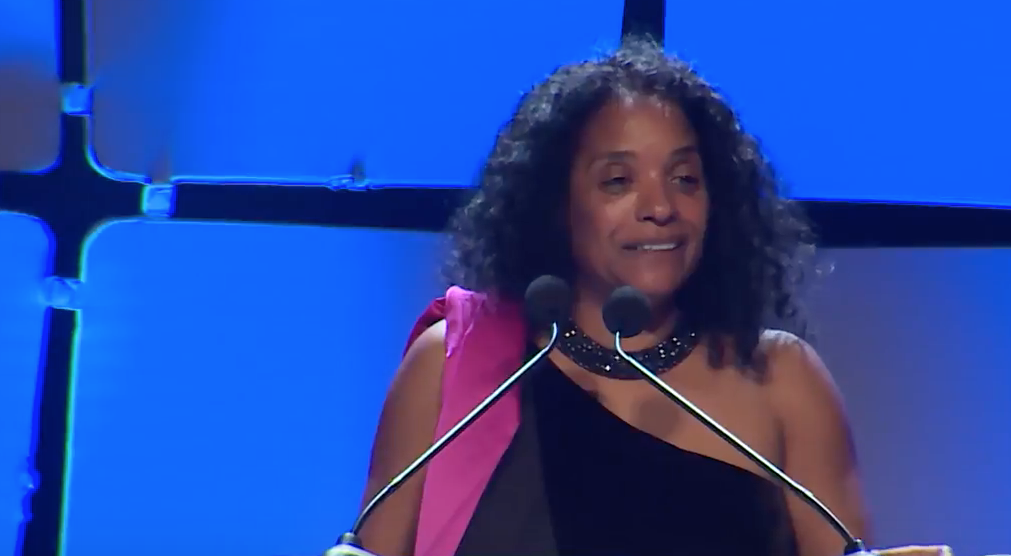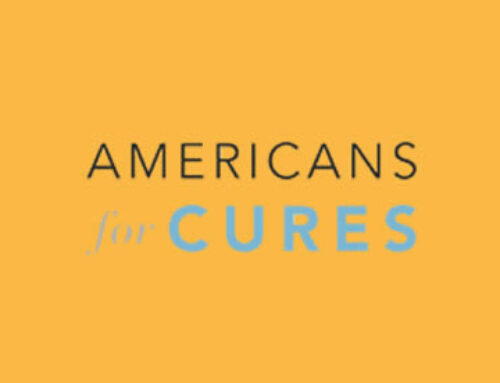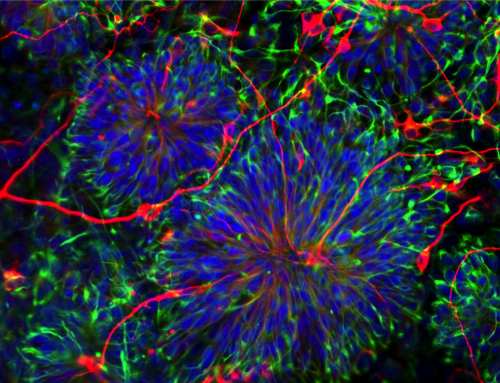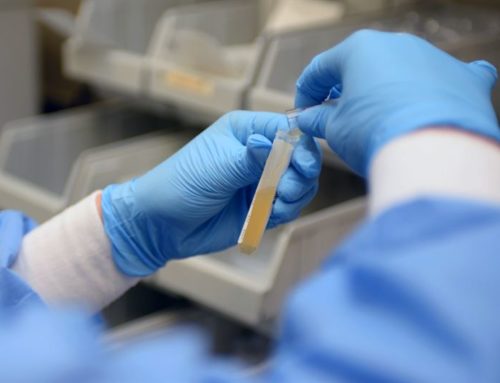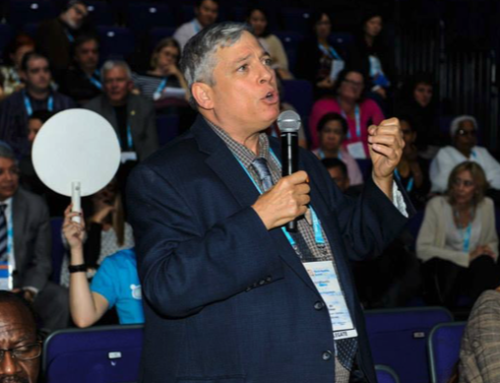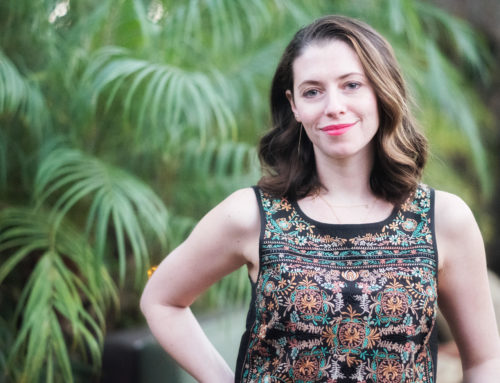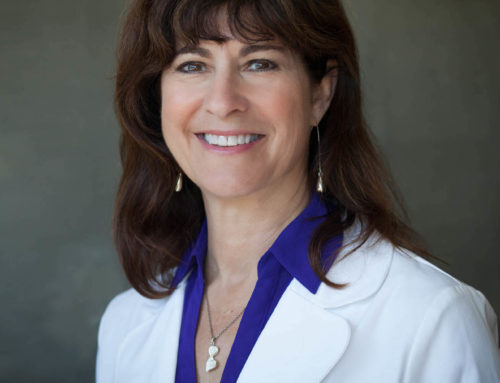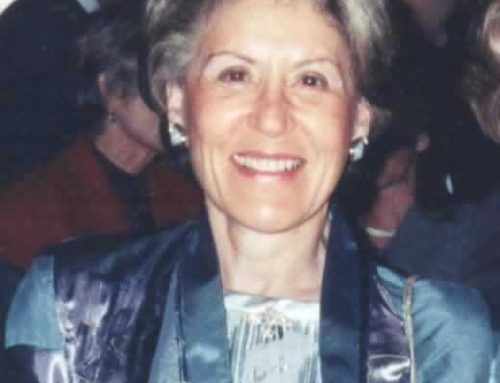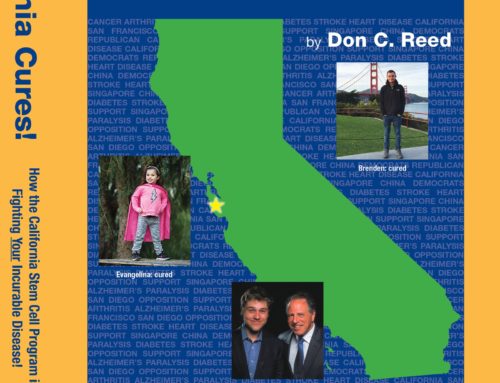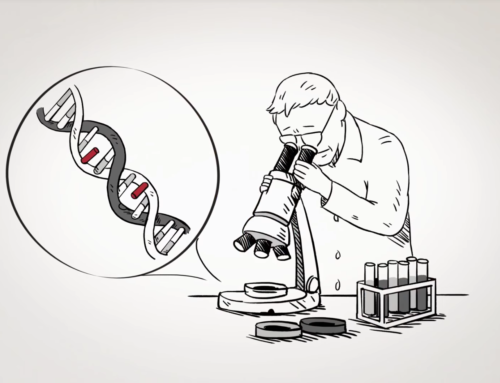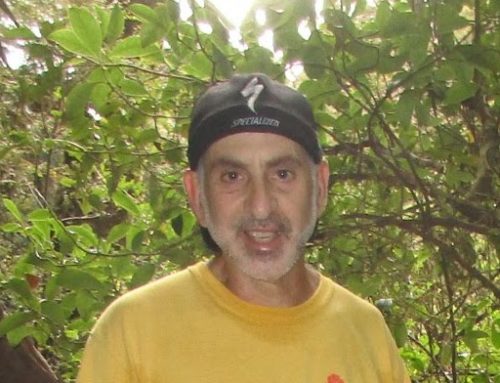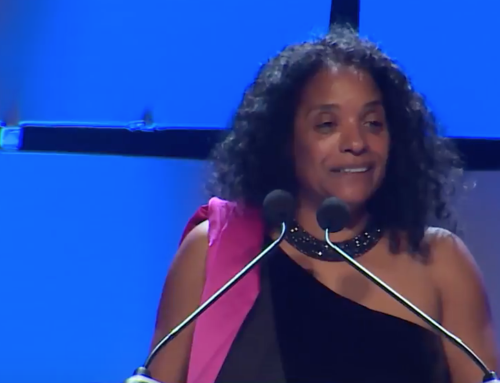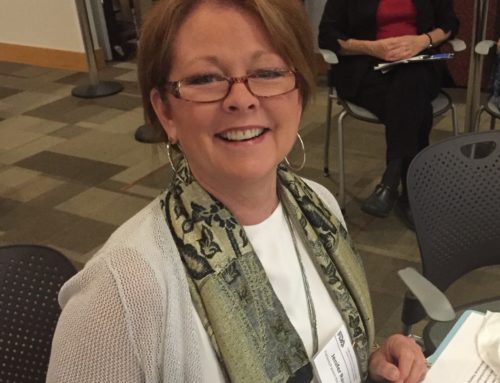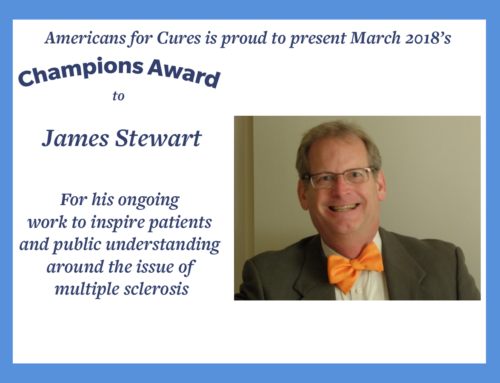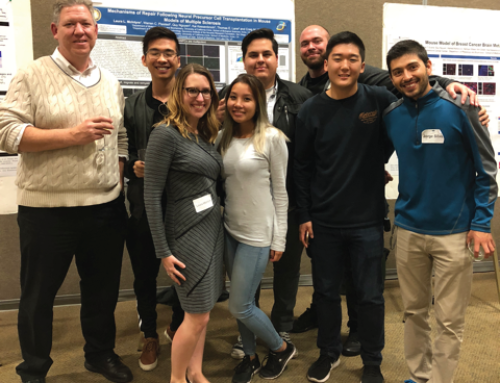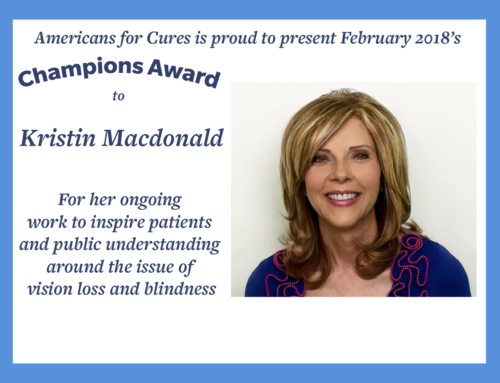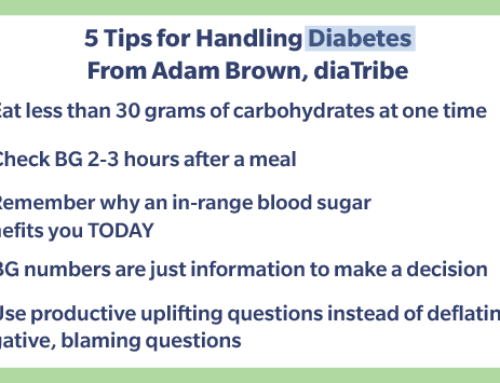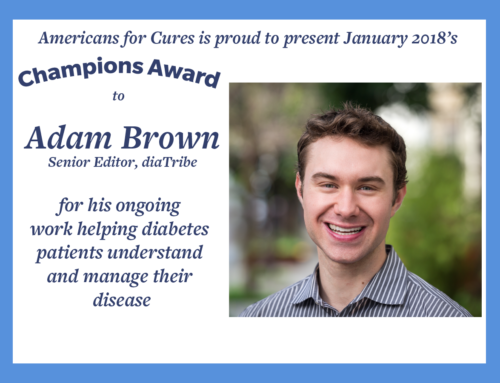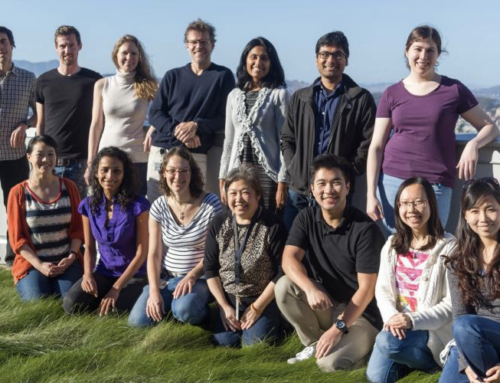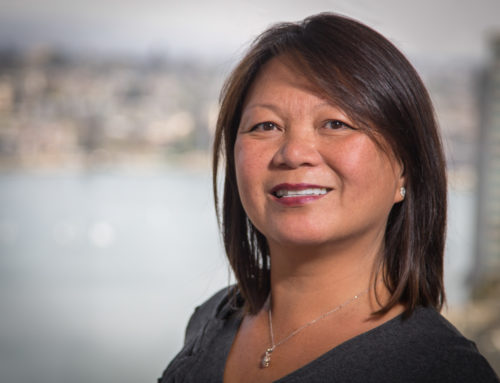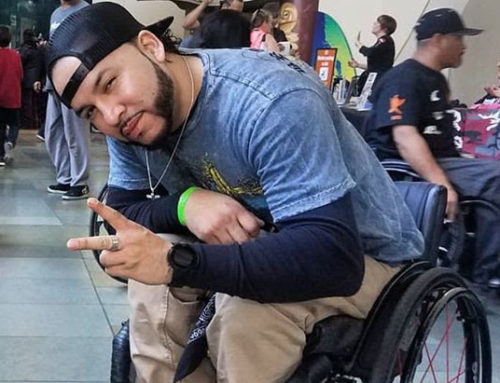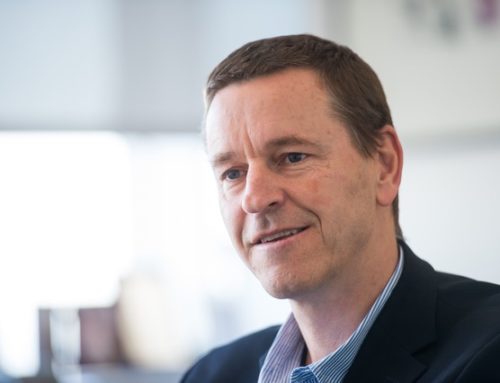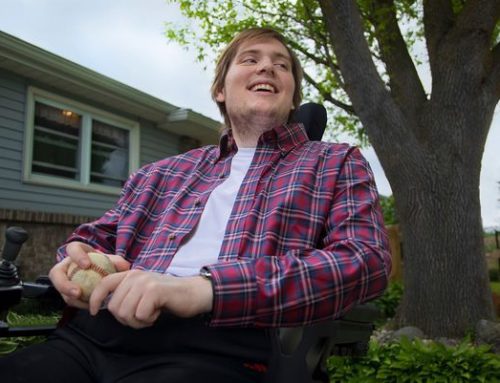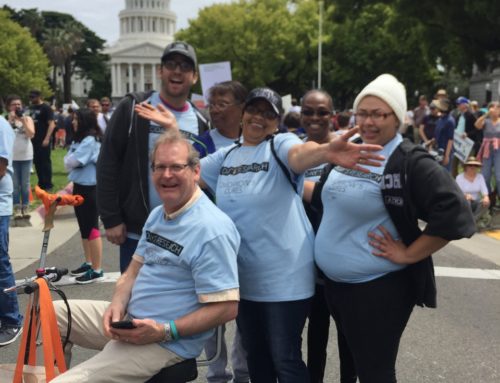“I was the little girl who at the age of five gathered up mosquito fish”, said Jan Nolta in a personal interview.
The fish were to eat mosquito larvae and then be used as fertilizer for Northern California rice fields. When the knee-deep water dried up, the fish died and enriched the soil—but Jan rescued some of them, and noticed how, when they multiplied, they could be bred for color. It was the beginning of her interest in science.
She worked her way through college at California State University Sacramento as a waitress at Denny’s. When business was slow, they let her do her homework at the counter.
She developed a deep love for science, and spent two decades developing her skills…She was fascinated by one particular kind of stem cell, the mesenchymal, which was taken from the bone marrow. These acted like microscopic emergency vehicles, zipping around in the body, working to heal sick cells.
And when at last she came back home to California in 2007 to lead the stem cell program the University of California at Davis, another scientist, Vicki Wheelock, asked her: “Have you ever thought of using stem cells to fight Huntington’s Disease?”
To which Nolta replied, “I have spent 20 years using stem cells on every part of the body except the brain! But I am willing to learn!”
That was the beginning of a new chapter in her life, challenging Huntington’s Disease. She met and worked with champion patient advocates and made friends with more and more leaders in the stem cell research field.
But the best scientists in the world can do nothing without money.
Dr. Nolta went to work on a grant to be submitted to the California stem cell program: the California Institute for Regenerative Medicine (CIRM). It took two years, but it worked.
With a $20 million major facilities grant to build on, UC Davis was able to raise an additional $40 million from other sources—and converted a huge (109,000 square feet) fairgrounds hall into stem cell research headquarters, later to be called the Institute for Regenerative Cures, or IRC.
Many people helped in that great adventure, like Dr. Claire Pommeroy, formerly Dean of Medicine at UC Davis, and one of the original members of the board for the California stem cell program, currently the President of the Lasker Institute, which has been called the American Nobel Prize.
But do you remember that saying from the movie FIELD OF DREAMS, “If you build it, they will come”?
That is how the IRC appears to me.
With the structure in place, and a new source of long-term funding available, the Institute for Regenerative Cures became something wonderful.
And now? Wow. More than 150 scientists are working to find cures to what was once thought incurable. Here are some of their challenges, this from Dr. Nolta’s lab:
Liver and kidney repair and regeneration;
Bioengineered organs;
Periphery artery disease;
Revascularization to prevent amputation;
Eye degeneration and blindness;
Lung disease, repair and regeneration;
Skin: non-healing ulcers, burn repair, wounds;
Bone repair, osteroporosis;
Cartilage regeneration;
Heart disease;
Stroke;
Neurodegenerative disorders (Huntington’s, Alzheimer’s, ALS);
Neurodevelopmental disorders (Autism spectrum, others);
Bioengineered bladders, tracheas, larynxes and other organs;
Blood disorders;
Autoimmune disorders (scleroderma, MS);
HIV treatment;
Swallowing disorders;
Cell-based immunotherapy for Cancer;
Traumatic brain injury;
Spinal Vertebra and Disk Repair for Chronic Pain…
In addition to these disease targets, UC Davis is a center for the needs of the new industry.
Want to be sure every aspect of a new therapy is clean, safe, sterile— and every dose is exactly what you want it to be?
Talk to Professor Gerhard Bauer, who runs the Good Manufacturing Practices Facility.
Interested in umbilical cord blood as a possible resource? The IRC has one of the largest umbilical cord blood collections facilities anywhere in America.
Clinical trials? Testing new therapies on people is where the rubber meets the road—and UC Davis has 24 trials ongoing, and 20 more “in the pipeline”.
CIRM’s amazing new Alpha Clinic Network, designed to “accelerate the…development and delivery of stem cell therapies in human patients”?
UC Davis won the Alpha Clinic Award ($8 million) and is now “a Northern California site for the state stem cell agency’s Alpha Stem Cells Clinics Network.”—just one in five in the whole state.
In every corner of the IRC, excellent people are organizing for success: like Dr. Mehrdad Abedi, “professor of internal medicine and a specialist in bone marrow transplantation” in the Alpha Clinic project”.
Over the past ten years, UC Davis has received more than $130 million in CIRM funding. The Institute for Regenerative Cures is a world-renowned center for research and therapies.
But for this patient advocate at least, it all began with the California stem cell program—and the girl who rescued fish.
This post originally appeared on HuffPost.
Don C. Reed is Vice President of Public Policy for Americans for Cures, and he is the author of the forthcoming book, CALIFORNIA CURES: How California is Challenging Chronic Disease: How We Are Beginning to Win—and Why We Must Do It Again! You can learn more here.



